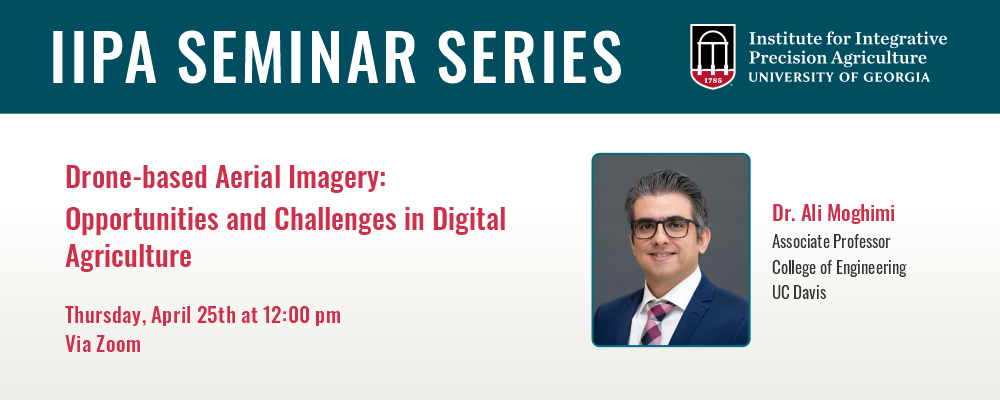Qin Lu and Guoyu Lu, both IIPA members and Assistant Professors in the College of Engineering, are among five UGA scholars who have received Faculty Early Career Development Program (CAREER) foundation awards in 2024 from the National Science Foundation for their research and potential as academic role models.
Qin Lu specializes in signal processing, machine learning, and communication. Her research focuses on creating safe and reliable Internet of Things (IoT) applications for important areas like health care, surveillance, and self-driving cars. She aims to develop algorithms that can measure and evaluate their own accuracy and reliability in making decisions.
Using this award, Qin Lu’s next step is pursuing further uncertainty-aware learning and optimization algorithms and exploring how to enhance foundation models with uncertainty quantifiability and reliability for IoT-related tasks.
“My research aspires to advance the current tools for real-time IoT tasks, with direct impact on the number of safety-critical domains, including health care, transportation, and environmental sensing,” she said.
Guoyu Lu researches at the intersection of robotics, perception and vision, and machine learning, specifically developing AI techniques to tackle challenges in robot perception under various sensing modalities. Guoyu Lu’s methods can be applied to a variety of fields ranging from remote sensing to plant science.
“I have established extensive collaborations with researchers across various fields at UGA, such as agriculture, geography, forestry, and environmental science,” he said. “These partnerships have been instrumental in achieving the NSF CAREER Award, which aims to develop AI methodologies for building and assessing 3D models of both underground and aboveground environments at multiple scales and establishing their connections.”



 The University of Georgia is enhancing its AI research capabilities with a $2.4 million upgrade to its High-Performance Computing cluster. This summer, the Georgia Advanced Computing Resource Center will add 26 new Graphical Processing Unit compute nodes and three high-RAM nodes to the Sapelo2 cluster.
The University of Georgia is enhancing its AI research capabilities with a $2.4 million upgrade to its High-Performance Computing cluster. This summer, the Georgia Advanced Computing Resource Center will add 26 new Graphical Processing Unit compute nodes and three high-RAM nodes to the Sapelo2 cluster.
 Four Institute for Integrative Precision Agriculture graduate students were named “Outstanding Graduate Students” at the 16th International Conference on Precision Agriculture held in Manhattan, Kansas.
Four Institute for Integrative Precision Agriculture graduate students were named “Outstanding Graduate Students” at the 16th International Conference on Precision Agriculture held in Manhattan, Kansas. Emily Bedwell, a graduate student advised by
Emily Bedwell, a graduate student advised by 

